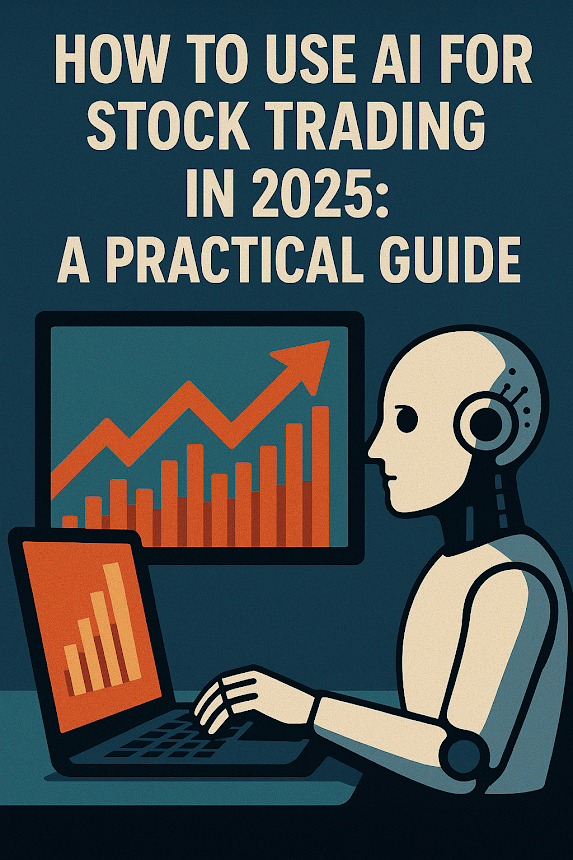By Stuart Kerr, LiveAIWire
26 June 2025
The stock market has transformed dramatically with AI integration. According to J.P. Morgan's latest research, over 60% of successful traders now use artificial intelligence tools in their daily operations. This guide will show you how to effectively implement AI in your trading strategy, regardless of your experience level or account size.
Getting Started With AI Trading
Understanding Your Options
AI Research Assistants (Beginner Friendly)
Best for: Investors who make occasional trades
Tools: ChatGPT-5's market analysis features, Gemini 2.0's data interpretation
Time Commitment: 15-30 minutes daily
AI-Powered Trading Platforms (Intermediate)
Best for: Active traders
Platforms: MetaTrader's AI integration, TradingView's pattern recognition
Time Commitment: 1-2 hours daily
Full Automation Systems (Advanced)
Best for: Serious investors and professionals
Solutions: Institutional-grade platforms like Bloomberg AI Terminal
Time Commitment: Weekly monitoring
Pro Tip: Most traders find success starting with basic AI tools before advancing to more complex systems.
Conducting AI-Assisted Market Research
Effective Prompt Strategies
Instead of asking your AI tool vague questions like "Should I buy Tesla stock?", use specific prompts that generate actionable insights:
"Analyze Tesla's last quarterly report comparing these key metrics:
Revenue growth versus competitors
Production capacity changes
New product pipeline
Provide a risk assessment based on the last three years of data."
Real-World Application
When Apple announced its new AI chip division earlier this year, traders using detailed AI prompts identified the supply chain implications nearly 24 hours before major news outlets reported the story.
Essential Data Sources
SEC filings for fundamental analysis
Federal Reserve economic reports
Earnings call transcripts
Global market sentiment indicators
Developing Your AI Trading Strategy
Backtesting Without Coding
Many platforms now offer simple backtesting features that don't require programming knowledge:
Upload historical price data
Define your entry and exit rules
Select your indicators (moving averages, RSI, etc.)
Run simulation across different market conditions
Risk Management Essentials
Every AI-assisted strategy should include:
Automatic stop-loss protection
Position sizing limits (never risk more than 2% per trade)
Sector diversification alerts
News monitoring for sudden market shifts
Implementing Your Strategy
Daily Trading Routine With AI
Pre-Market Preparation (Before 9:30 AM EST)
Review AI-generated overnight market summary
Check for earnings surprises or economic data releases
Update your watchlist
Trading Hours
Monitor AI alerts for entry/exit signals
Watch for unusual volume or price movements
Stay informed about breaking financial news
Post-Market Review
Analyze today's performance
Adjust strategy parameters if needed
Prepare for tomorrow's potential opportunities
Avoiding Common Mistakes
Over-Reliance on AI
Always apply human judgment to AI recommendations
Understand why the AI is making specific suggestions
Chasing Performance
Stick to your proven strategy
Avoid jumping between different AI systems
Ignoring Fundamentals
AI excels at pattern recognition but may miss broader economic shifts
Regularly review macroeconomic indicators
The Future of AI Trading
Looking ahead to 2026, we expect:
More sophisticated sentiment analysis tools
Integration with central bank digital currencies
Advanced predictive modeling for earnings surprises
Next Steps
Start with one AI tool and master it
Paper trade for at least two weeks before using real money
Join our free webinar series on AI trading strategies
For personalised guidance, reach out to our team at liveaiwire@gmail.com. Remember, AI is a powerful tool, but successful trading still requires discipline and risk management.

